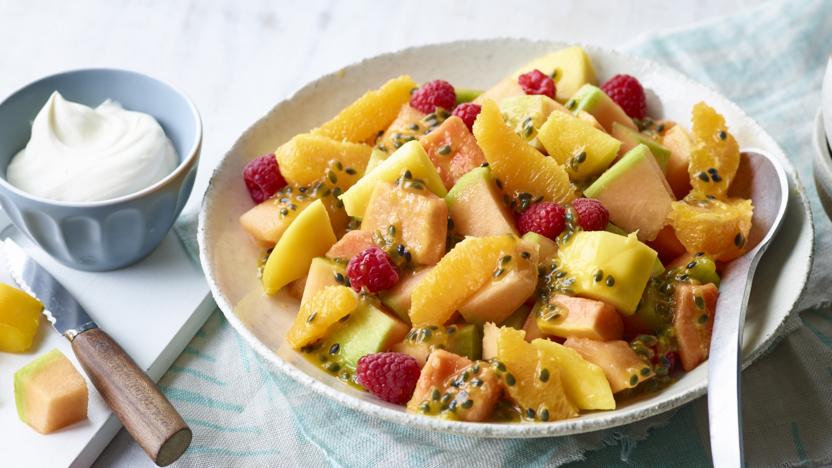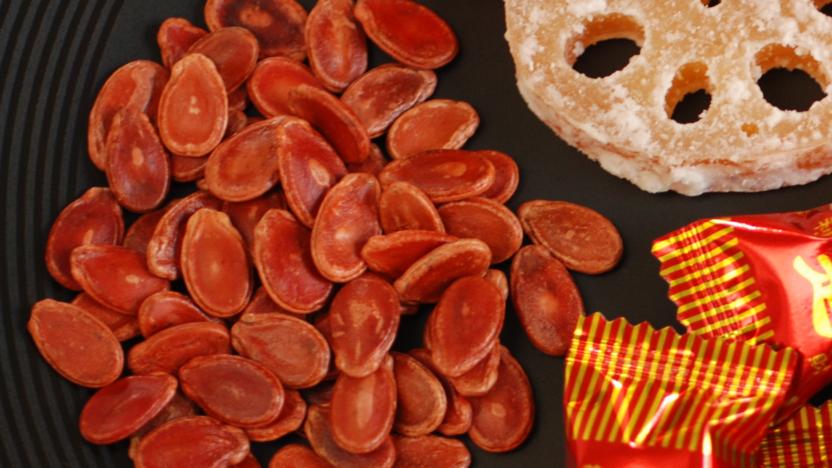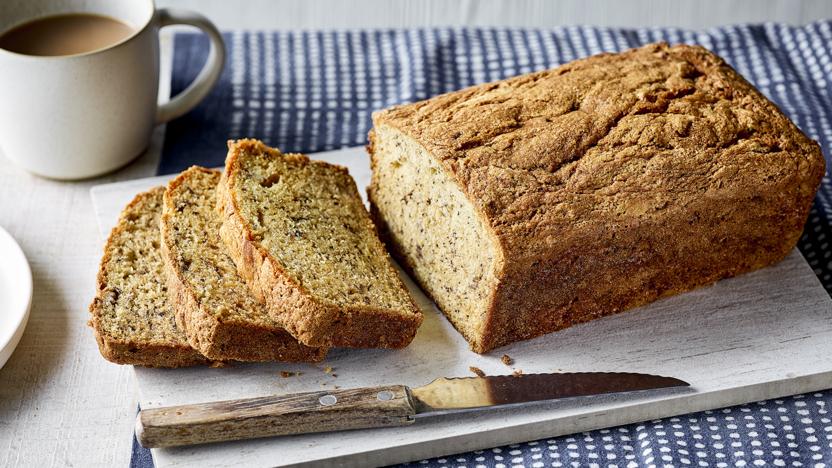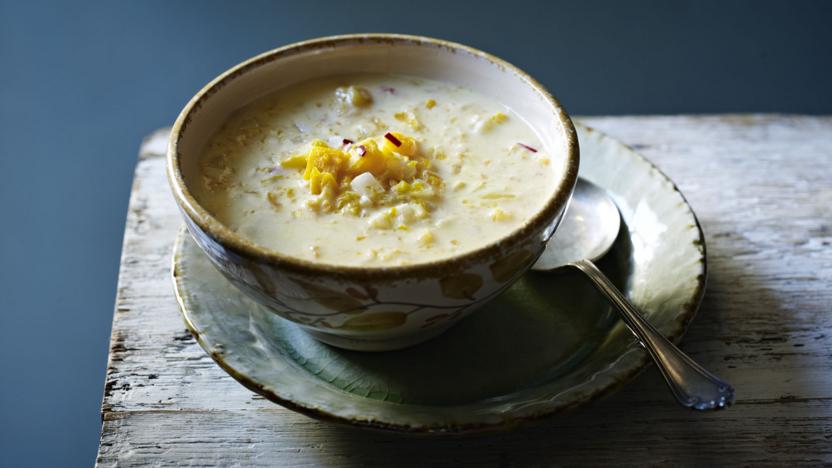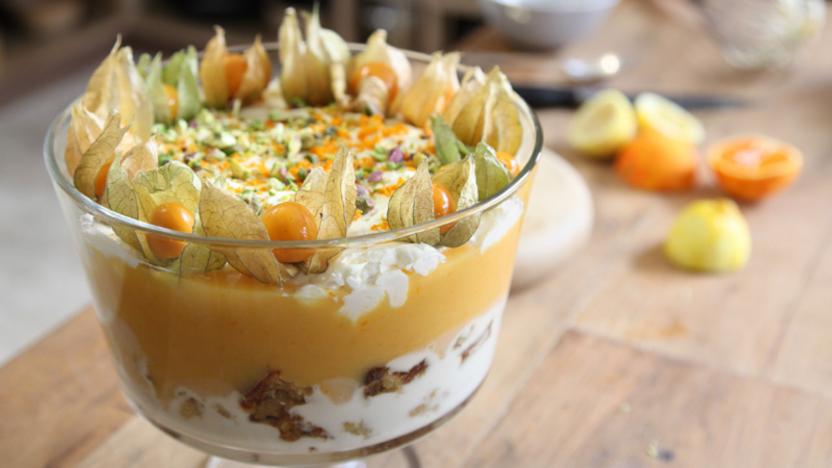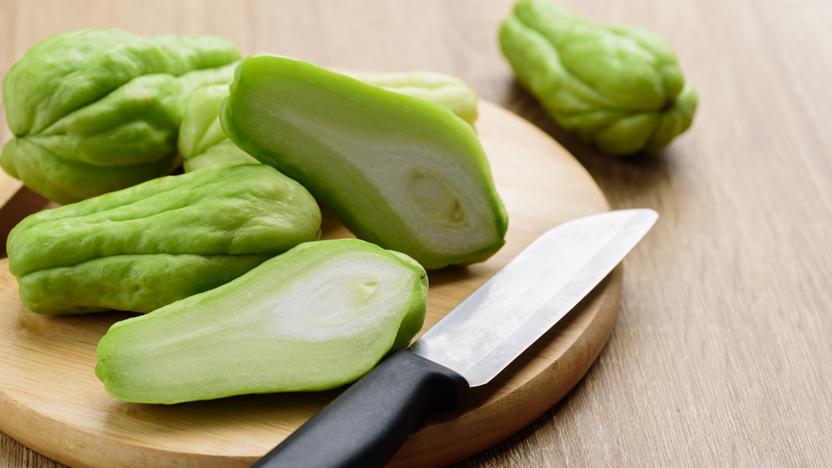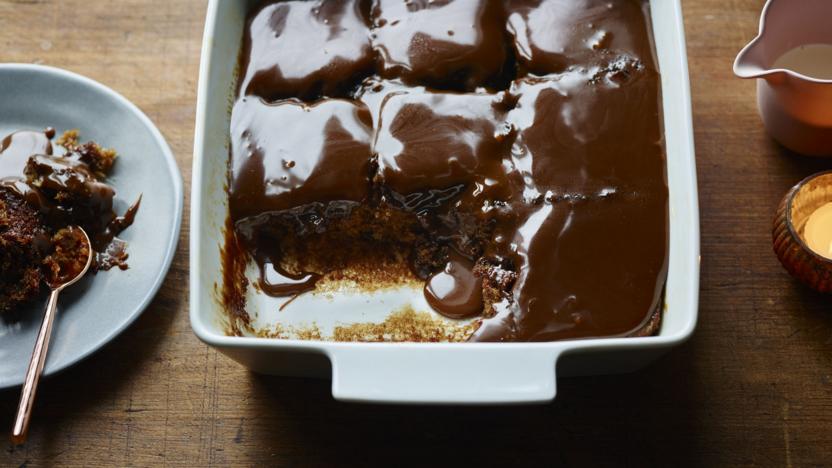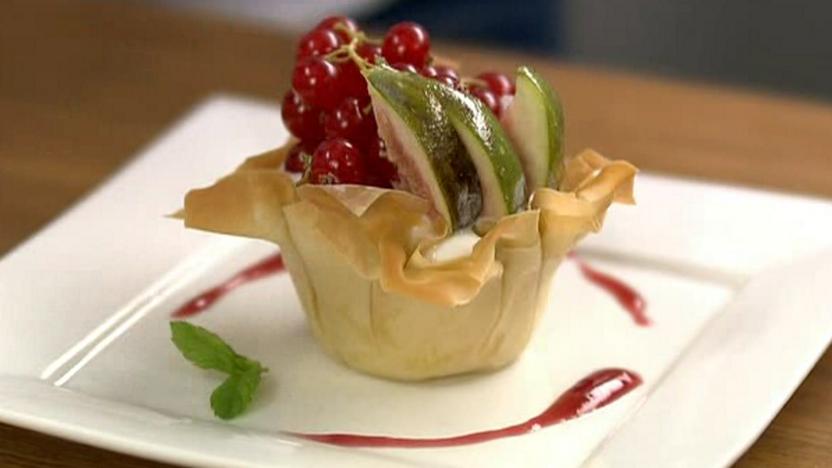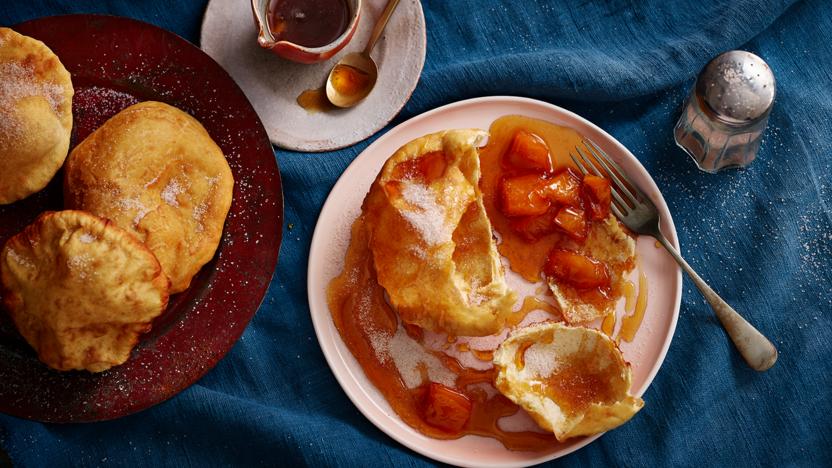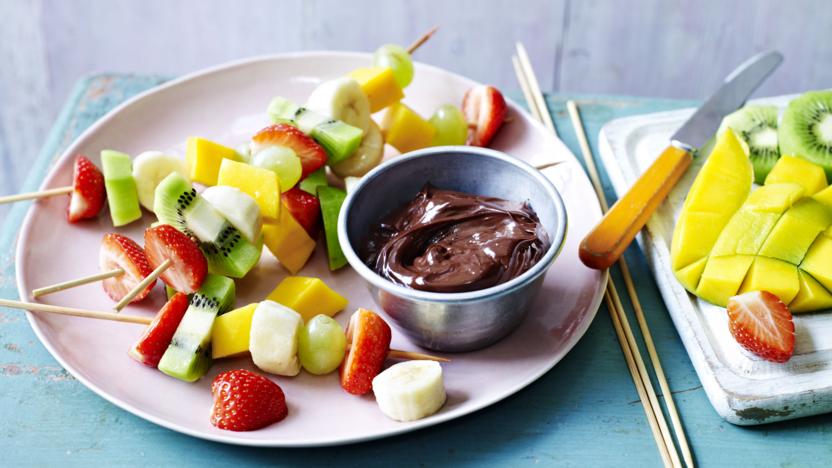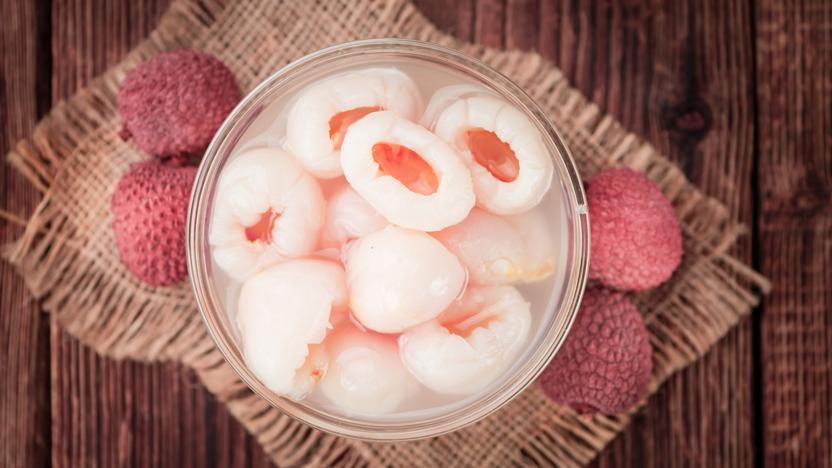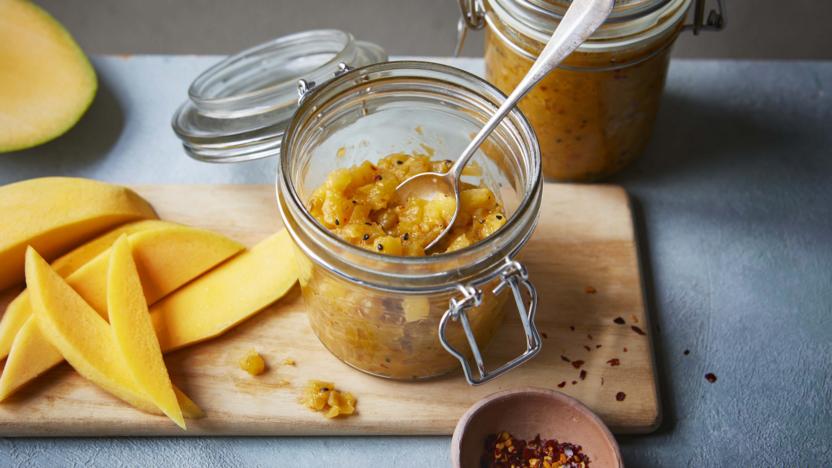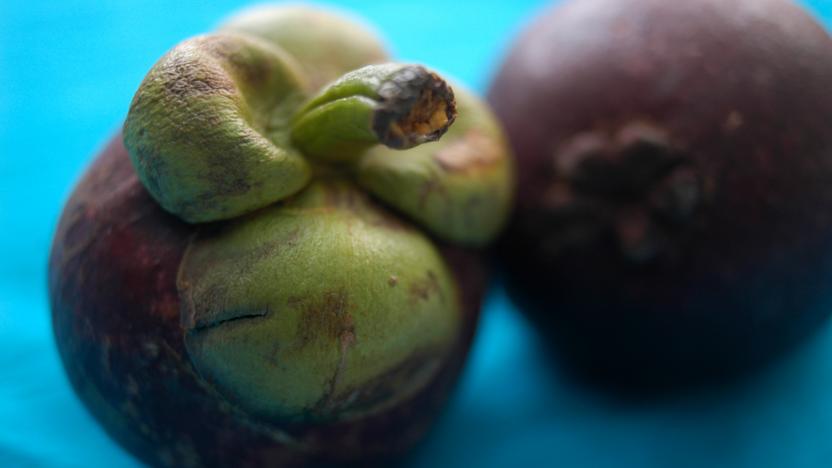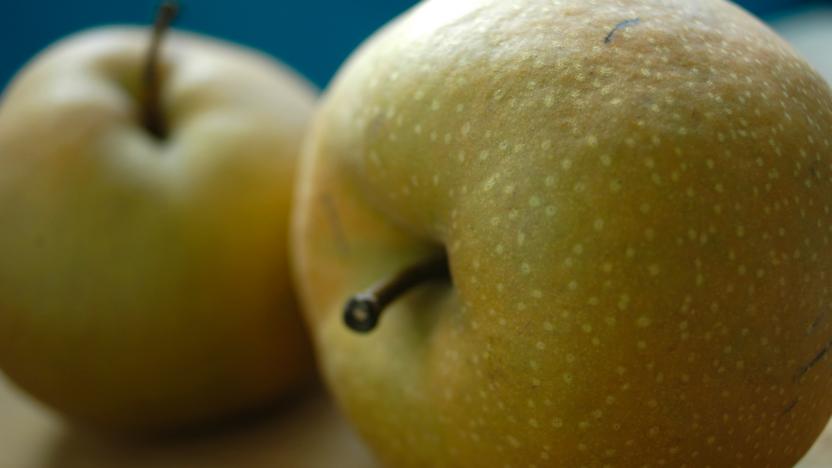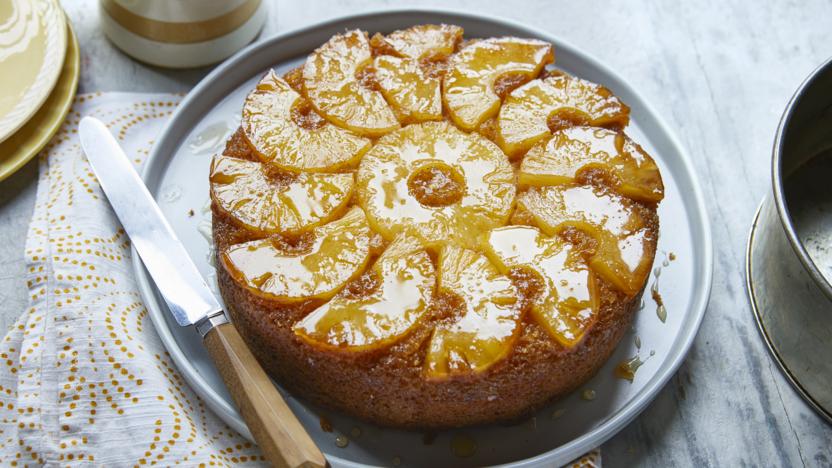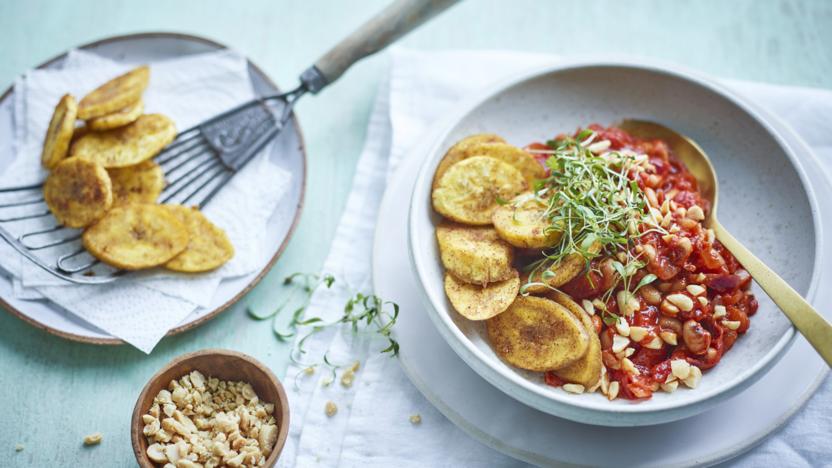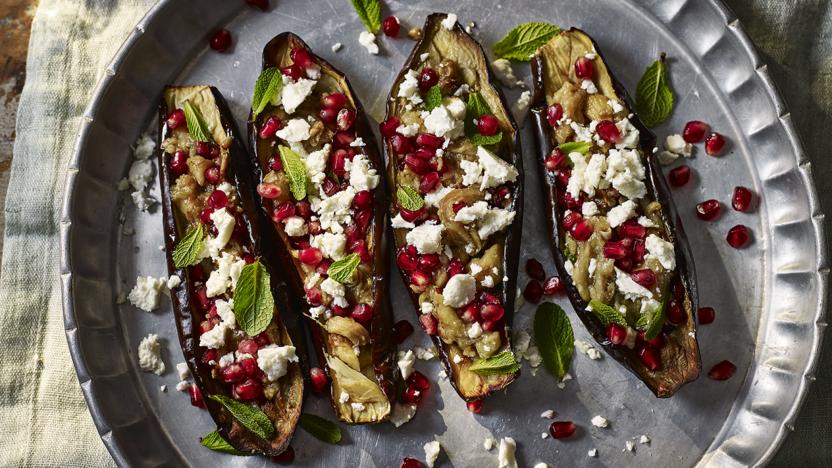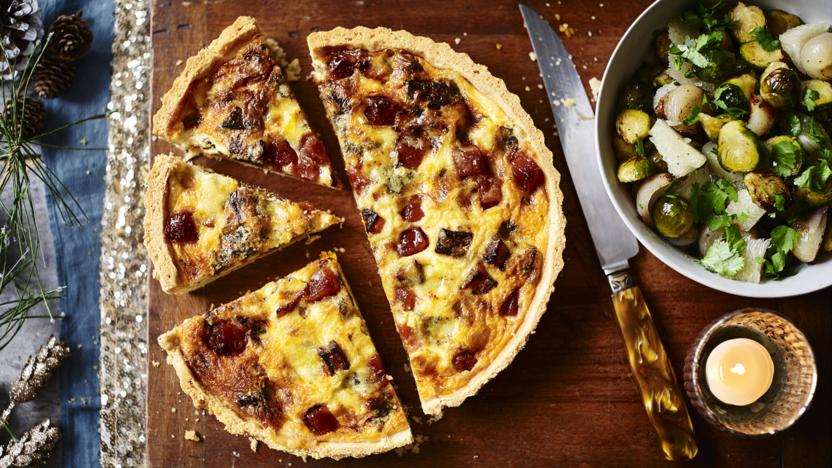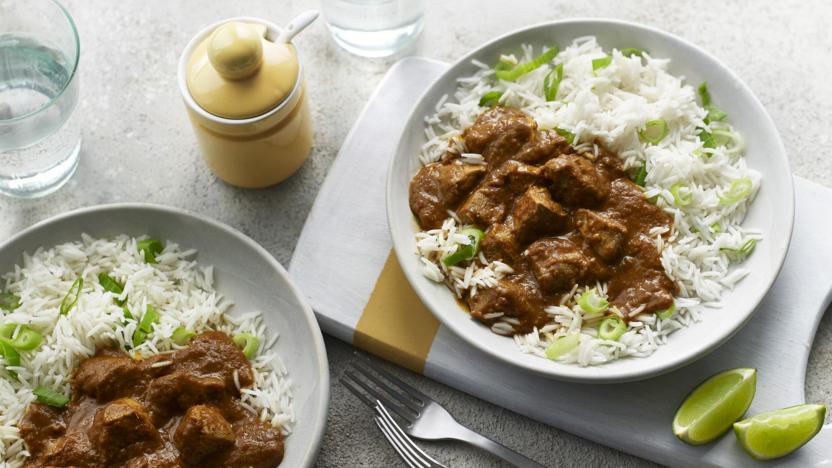Melon recipes
Dessert melons are divided into two categories: summer melons such as musk, cantaloupe and Ogen melons, and winter melons such as honeydew. All have a hard, usually rough skin that encases fragrant sweet flesh that ranges in colour from apricot to pale green. At their heart lies a mass of small seeds. Cooking melons are mainly sold and eaten in the East. They’re similar to vegetable gourds and are not sweet.
This refreshing fruit salad is perfect to bring to summer al fresco gatherings when melons are at their peak. It can be made in advance and chilled, without the fruit going brown.
Each serving provides 110kcal, 2g protein, 20g carbohydrate (of which 20g sugars), 0g fat (of which 0g saturates), 7g fibre and 0g salt.
More melon recipes
Buyer's guide
Melons are ripe if they give slightly when pressed at the opposite end of the stalk. Some summer melons smell fragrant when ripe.
Storage
Keep whole melons at room temperature for maximum flavour. Cut melon must be well-wrapped and chilled, otherwise its scent will permeate the fridge.
Preparation
Dessert melons have a very high water content and fragile flesh. They are best eaten raw and treated very simply. Ripe melons shouldn’t need any extra sweetening but use lemon or lime juice to bring out their sweetness if necessary. Mint, ginger, pear, cucumber, cured ham, strawberries and raspberries each taste good with melon. They also make good sorbet and ice cream.
To prepare melons, cut them in half and remove their seeds. If wished, strain the extra juice from the seeds. Rinse the seeds, dry and lightly roast as a salty snack. Their peel can be sliced off, along with a thin layer of hard flesh, leaving the sweet flesh.
